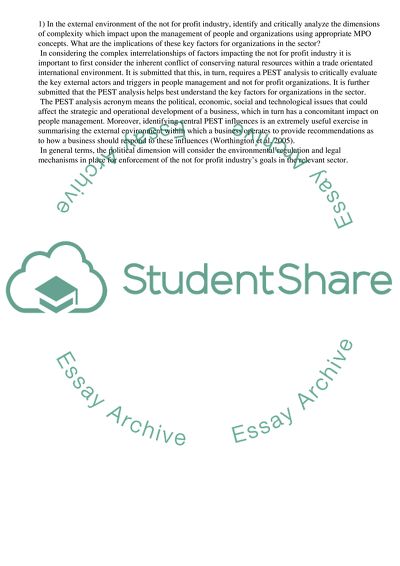Cite this document
(“Elephants, Economics and Ivory Essay Example | Topics and Well Written Essays - 4750 words”, n.d.)
Elephants, Economics and Ivory Essay Example | Topics and Well Written Essays - 4750 words. Retrieved from https://studentshare.org/business/1555262-case-study-on-wwf-and-the-ivory-trade
Elephants, Economics and Ivory Essay Example | Topics and Well Written Essays - 4750 words. Retrieved from https://studentshare.org/business/1555262-case-study-on-wwf-and-the-ivory-trade
(Elephants, Economics and Ivory Essay Example | Topics and Well Written Essays - 4750 Words)
Elephants, Economics and Ivory Essay Example | Topics and Well Written Essays - 4750 Words. https://studentshare.org/business/1555262-case-study-on-wwf-and-the-ivory-trade.
Elephants, Economics and Ivory Essay Example | Topics and Well Written Essays - 4750 Words. https://studentshare.org/business/1555262-case-study-on-wwf-and-the-ivory-trade.
“Elephants, Economics and Ivory Essay Example | Topics and Well Written Essays - 4750 Words”, n.d. https://studentshare.org/business/1555262-case-study-on-wwf-and-the-ivory-trade.


